In our recent interview with Joshua Vermillion, an expert in the field of AI-based design tools, he shared his perspectives on various aspects of AI and its impact on architecture. Vermillion highlighted his favorite tool, MidJourney, stating, “I’m really fond of MidJourney as a diffusion model that consistently generates interesting and beautiful results.” He also mentioned its seamless integration with Photoshop, stating, “I’ve found myself going from MidJourney to Photoshop quite a bit, and now that Adobe has begun integrating some of Firefly’s tools into Photoshop, I suspect that workflow will get better and easier.”
When asked about recommendations for beginners in AI, Vermillon suggested exploring MidJourney, stating, “If someone is just starting to explore AI, I would recommend they begin their journey with MidJourney. It’s a powerful tool that can produce captivating results.”
Regarding the integration of AI tools in architecture education, Vermillon acknowledged the evolving landscape, saying, “We are in a strange time when most students are probably better acquainted with AI tools than most of their faculty and certainly any curriculum.” He also emphasized the need for educational institutions to adapt, stating, “Everything is moving fast, and educational institutions should be paying attention to adjust to these new cybernetics-infused human-computer learning partnerships.”
If you are curious to learn more about how to design with AI tools check PACADEMY‘s AI workshops!
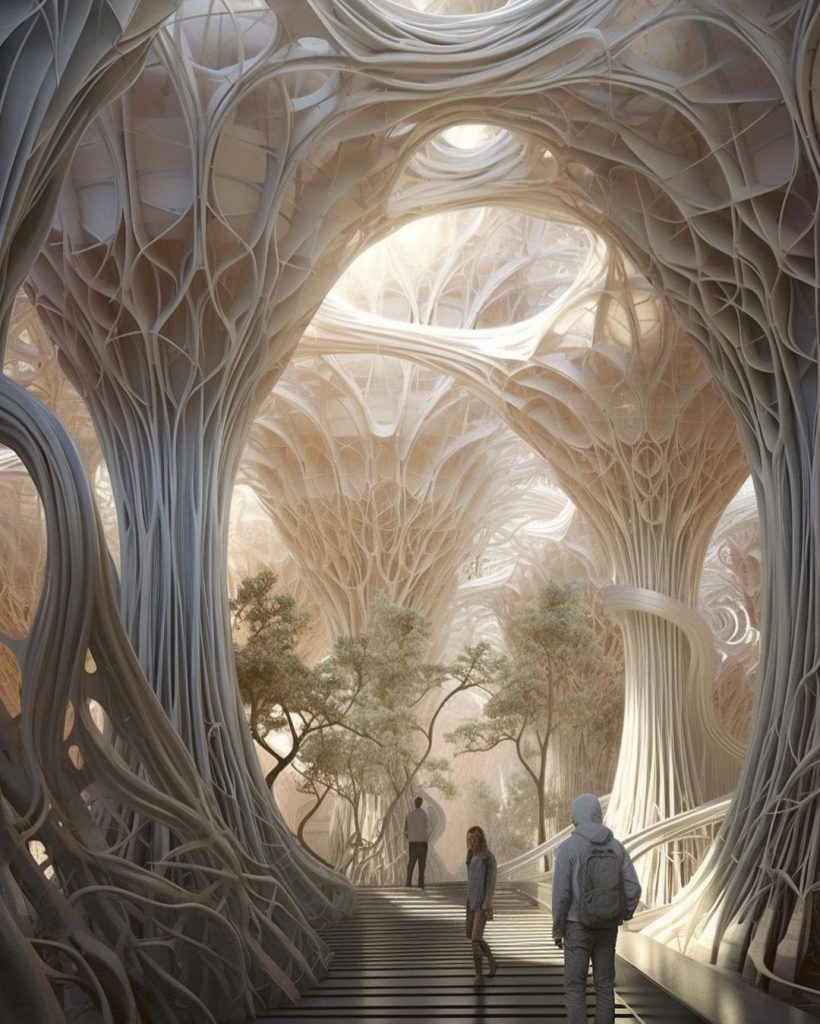
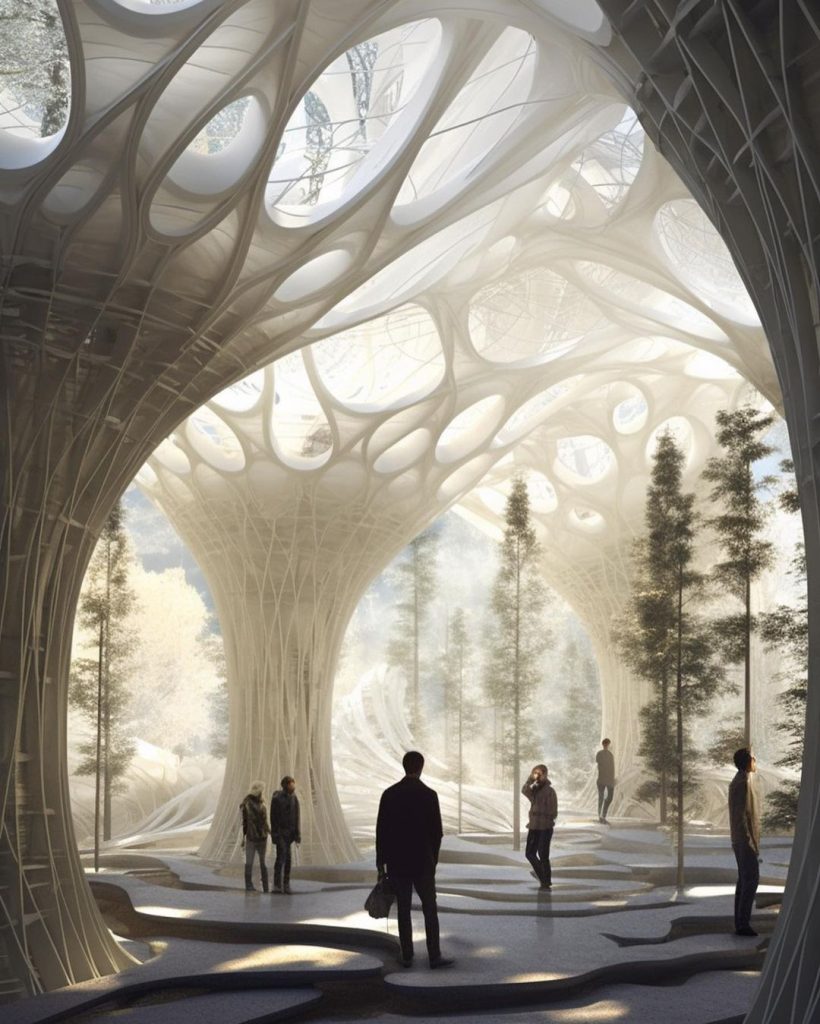
Discussing the impact of AI tools on critical thinking and design judgment skills among young architects, Vermillon expressed optimism, saying, “The optimist in me thinks that this is a fantastic opportunity for them—freed from some of the day-to-day minutiae—to think more critically about design decisions.” He further added, “If AI can assist us in working out questions of ‘how’ to draw, develop, and implement a design idea more quickly and thoroughly, then perhaps the human intellect can focus more on ‘what’ the design goals are and ‘why’ they are important.”
When envisioning the revolutionizing potential of AI in the architectural industry, Vermillon highlighted the simplification of interfaces, stating, “By communicating to a computer using simple, plain language, we eliminate much of the specialized training and practice required to really leverage computational design tools.” He also emphasized AI’s ability to handle ambiguous problems, stating, “Large language models can deal with much messier problems, earlier in the design process when there is still a lot of ambiguity in design direction.”
In terms of the day-to-day practice of architecture, Vermillon acknowledged the inevitability of change, stating, “The nature of work is going to change in a major way, and architecture won’t be exempt from major changes.” He advised professionals to embrace constant change and keep an open mind, stating, “The real currency in tomorrow’s economy of constant change at break-neck speed is to learn how to learn and continually adjust.”
When addressing concerns about the future job market in architecture, Joshua Vermillion reassured that architects won’t be replaced entirely, stating, “We’re certainly nowhere near replacing architects—yet.” He emphasized the importance of human touch and critical thinking in the profession, stating, “Architects will need to do an even better job of framing their work through fundamentally human qualities—qualities like empathy, ethics, and well-being.”
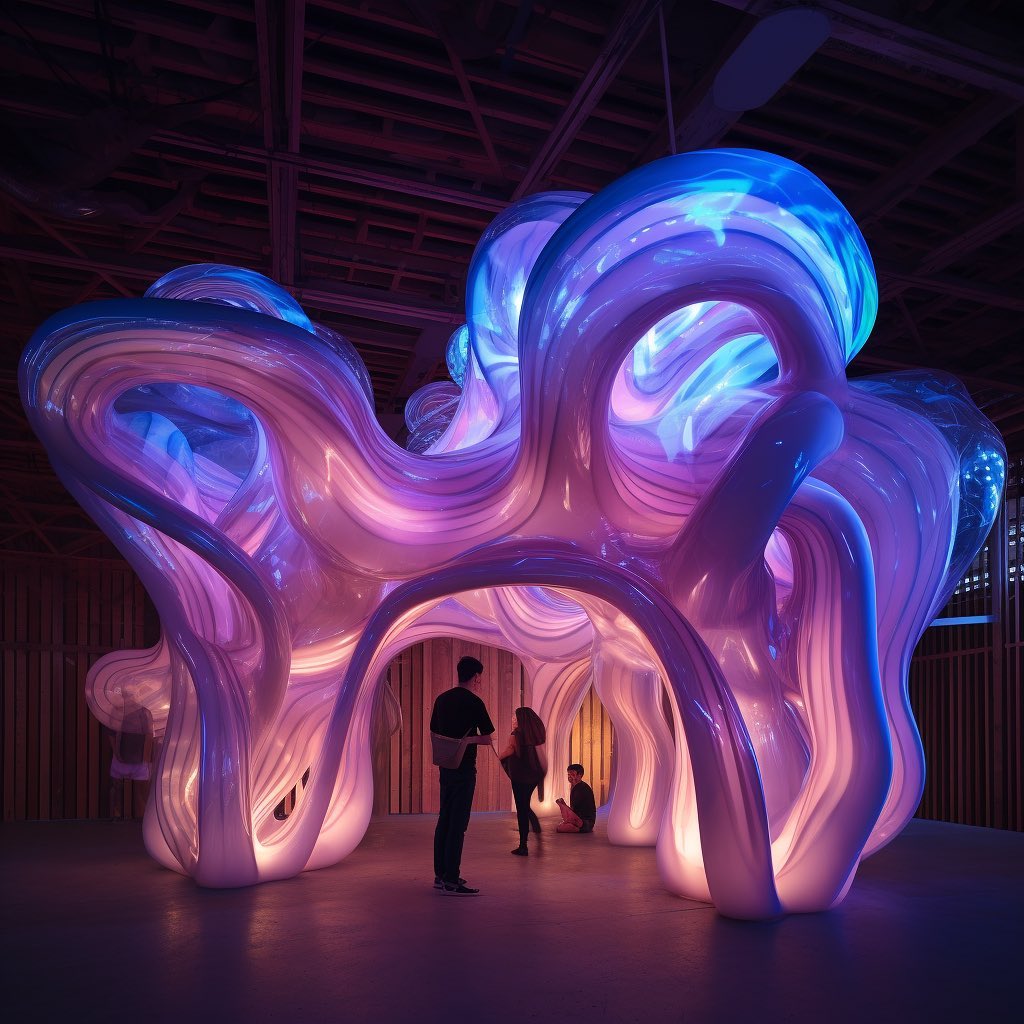

Joshua Vermillion emphasized the transformative potential of AI in the architectural industry, stating, “AI is a dramatic shift in the way we use computers creatively.” He highlighted two key aspects of this shift. First, he discussed the impact on interfaces, stating, “By communicating to a computer using simple, plain language, we eliminate much of the specialized training and practice required to really leverage computational design tools.” This simplification of interfaces allows architects to leverage AI tools more easily and efficiently, without the need for extensive coding knowledge.
Reflecting on the interview, Vermillon stated, “These are exciting times for architecture. AI tools have the potential to revolutionize our workflows and enable us to focus on the core aspects of design. It’s important for both students and professionals to embrace this new technology and continually adapt to the changing landscape.”
Vermillon’s insights showcased the potential of tools like MidJourney, the need for educational institutions to adapt, the enhancement of critical thinking skills, the revolutionizing potential of AI in the design process, and the importance of embracing change while preserving human qualities in the architectural profession. As the industry continues to evolve, architects and students alike are urged to explore and embrace the possibilities offered by AI tools to shape the future of architecture.
To learn more about Joshua Vermillion’s design and AI tools, be sure to explore Spatial Effects with MidJourney 2.0.




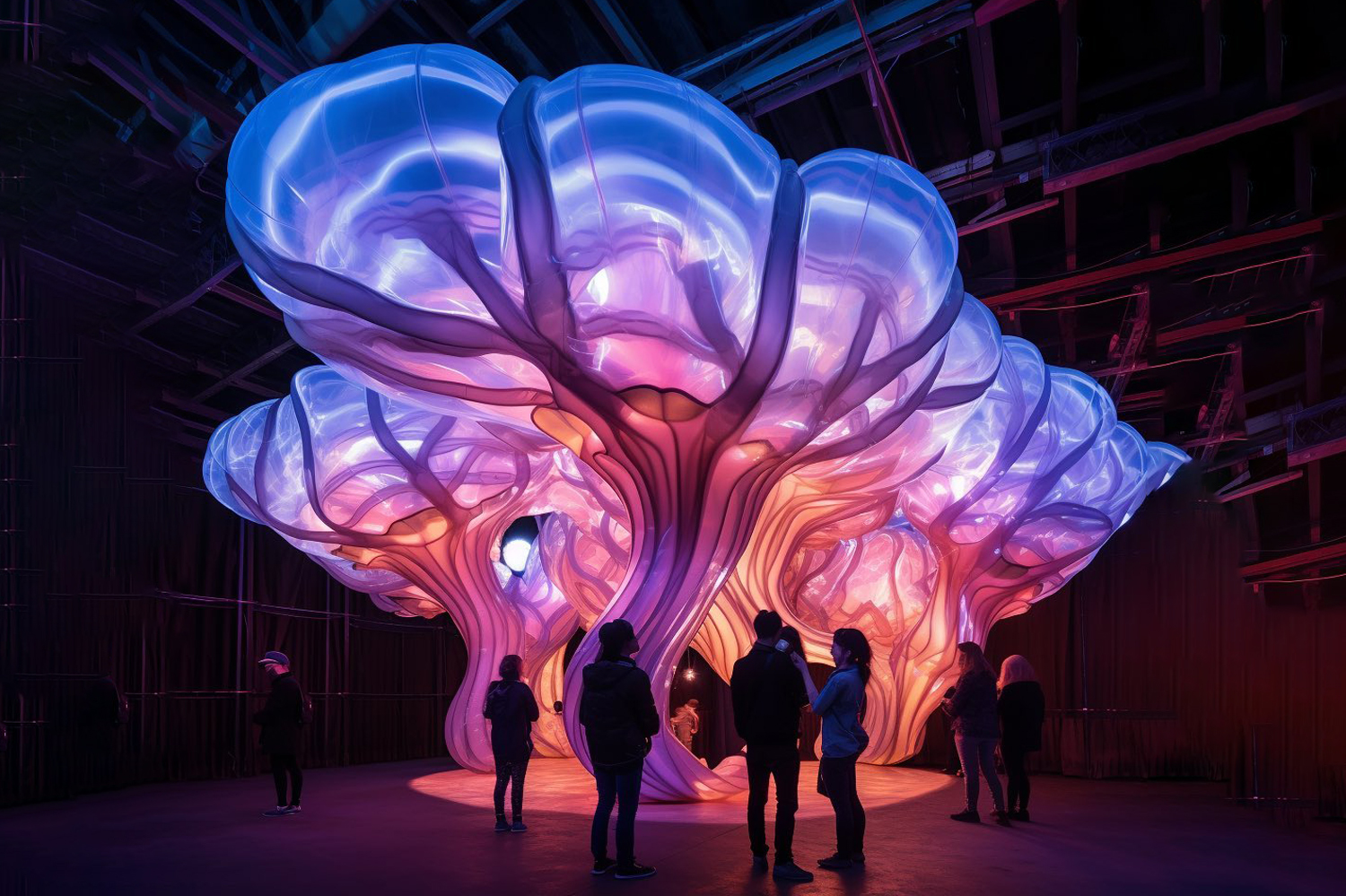
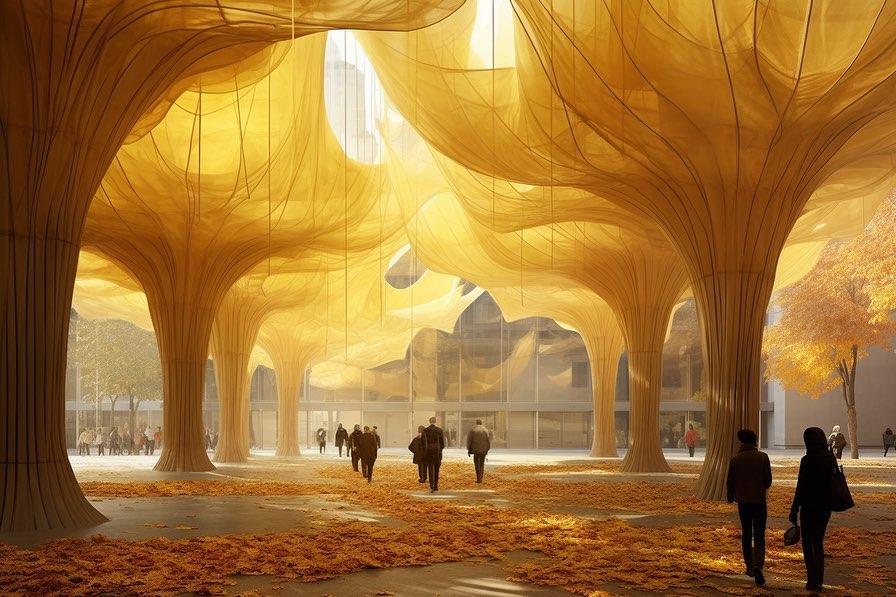



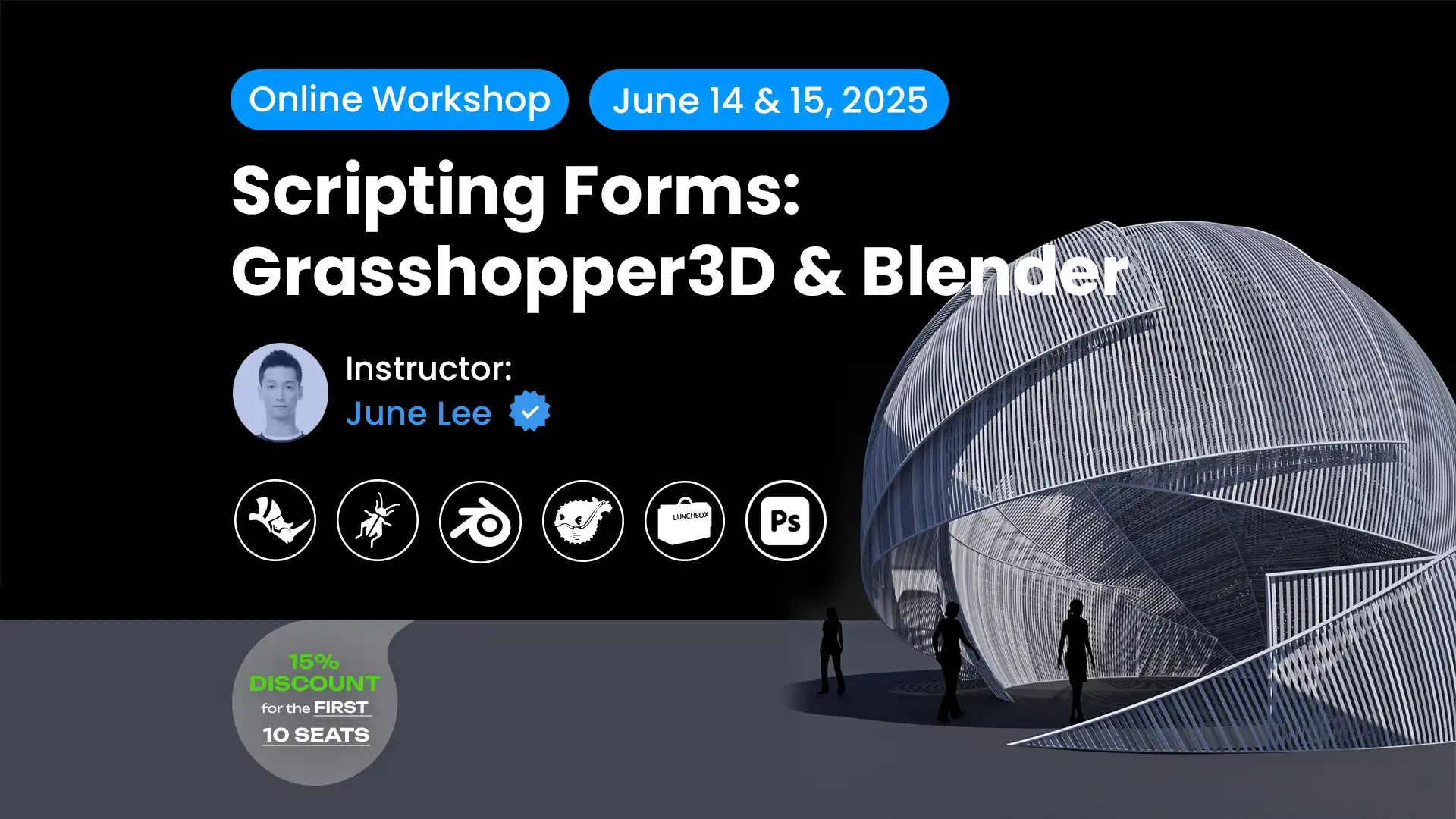


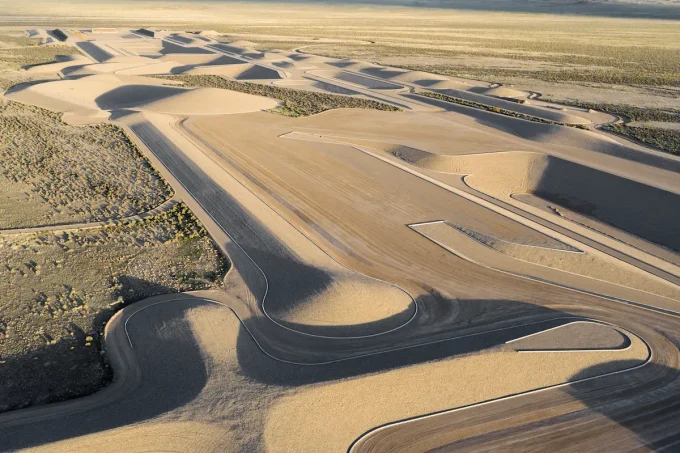







Leave a comment